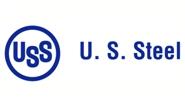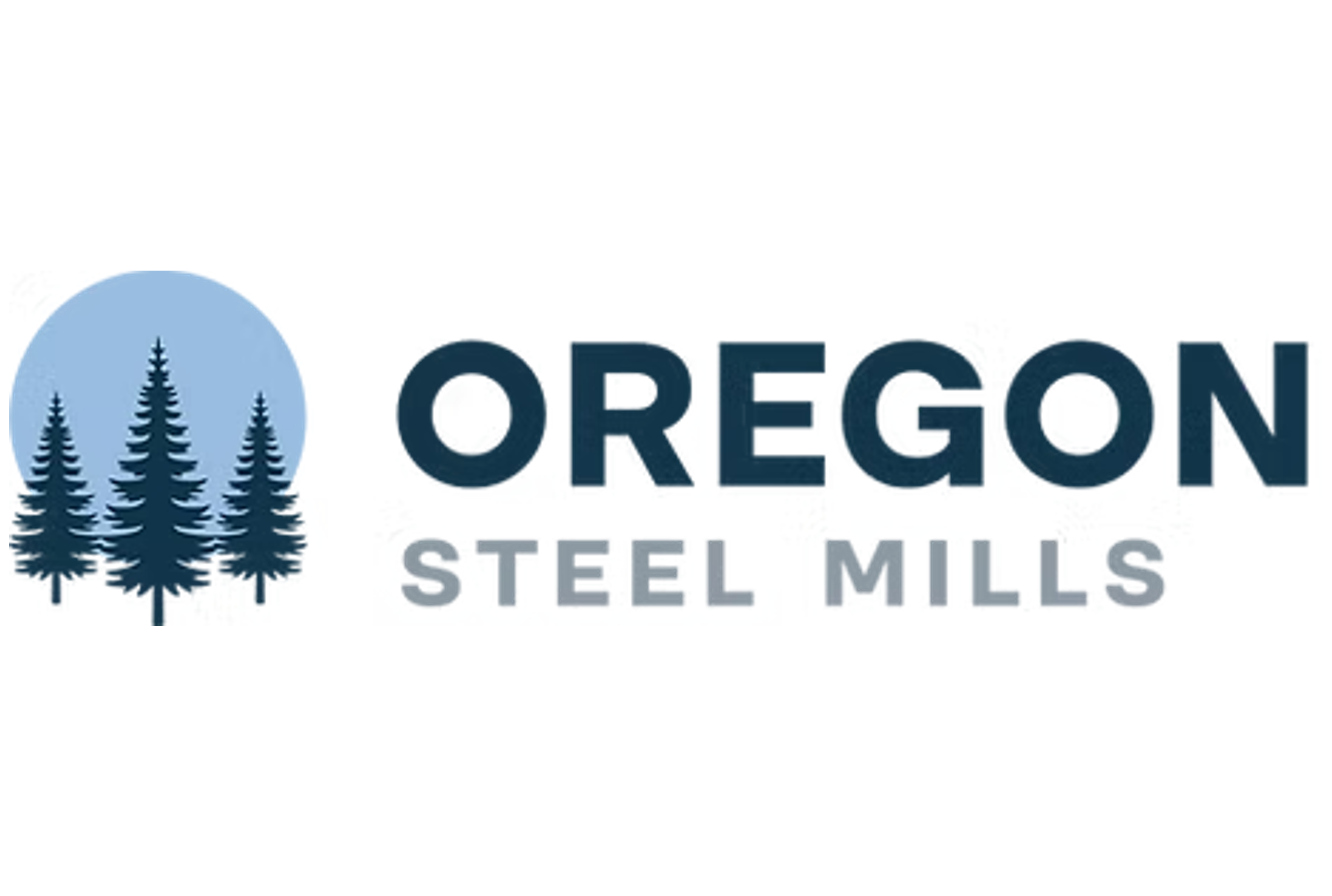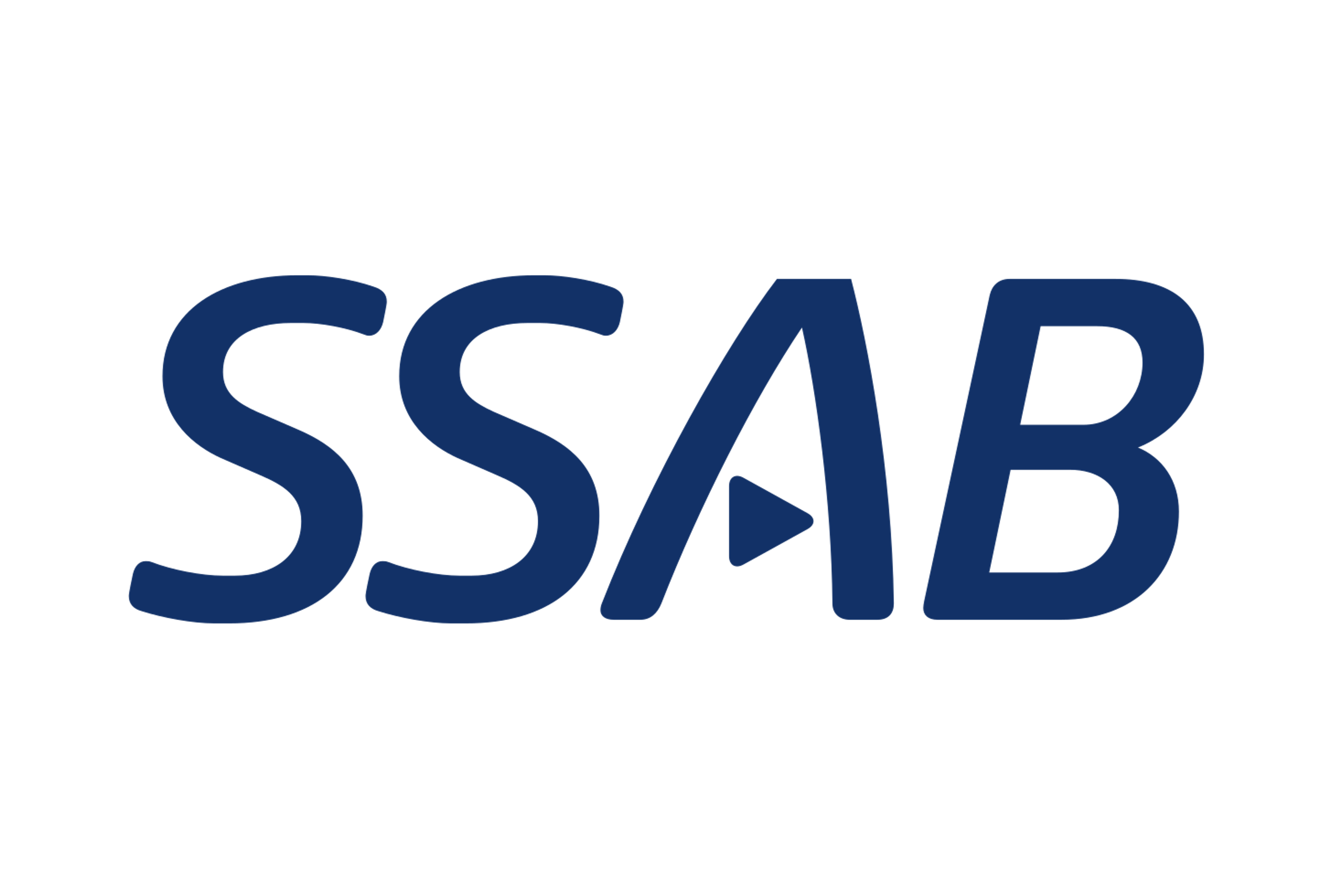Market Segment

March 31, 2015
US Steel to Adjust Production at Minntac Plant
Written by Brett Linton
US Steel announced today it will adjust operations and temporarily idle a portion of its Minntac plant in Mount Iron, Minnesota, effective June 1st 2015. This is due to the company’s current iron ore inventory levels and ongoing adjustment of its steel making operations throughout North America. The company will continue to operate Minntac at reduced capacity in order to meet customer demand.
As part of the idling, all employees at Minntac have been advised and are being issued notices under the Worker Adjustment and Retraining Notification Act. The number of employees impacted will be based upon operational and/or maintenance needs.
Based on an article in the Minneapolis Star Tribune an estimated 700 workers could be affected and the USW local advised that the shutdown could last up to four months. The plant has 1400 hourly and 500 salaried workers.







